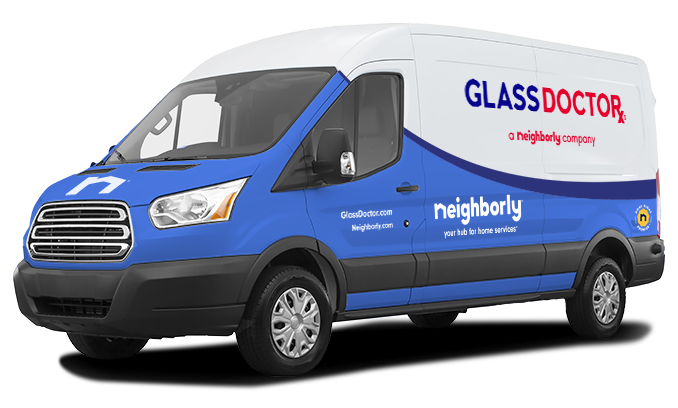
Glass Doctor outlines the evolution of auto glass in vehicle safety and design.
|
If you’re a car or history buff, then you’ve probably wondered at some point about the history of auto glass. Oddly enough, there are very few resources available that have updated histories about this fascinating topic. We’re going to change that with this article. We’re going to look at a brief overview of auto glass since the early 1900’s and also some of the top and most revolutionary windshield technologies.
The First Windshields
It might sound crazy, but cars were actually designed originally without windshields. Presumably, it’s because cars simply didn’t go fast enough to justify the need for windshields. It wasn’t until 1904 when windshields were first introduced to automobiles, which is 10 years after the first car was produced.
The first windshields were nothing more than a piece of glass made out of the same material that house windows were made of. They were composed of two panes of glass, a top section and a lower section. They were designed so that the top half could fold down if desired.
Laminated and Tempered Glass
The first windshields and other car windows had a tendency to shatter and were very unsafe. Luckily, technology has improved through the years and laminated and tempered glass are now the materials used in cars. Laminated glass, which was originally used for the front windshield and rear glass (tempered glass was used for side windows) is now being used throughout the entire vehicle. This practice originally started with production of higher end, luxury cars, but has continued with more mainstream vehicles.
Laminated glass is specially designed to bend under pressure and not shatter easily. It’s also designed to reduce UV rays which is crucial when you’re driving on a sunny day. Tempered glass is similar to laminated glass but is slightly stronger and shatters differently. It’s designed to break into small pieces to reduce the risk of injury in the case of an accident. It wasn’t until 1934 that laminated glass first started being used in cars, 15 years later tempered glass also made its first appearance. The technology has improved over the years and is now as good as ever.
Wraparound Glass
Wraparound glass isn’t commonly used in cars anymore, but up until the 1950s it was very popular. The idea was to reduce the blind spot of drivers and therefore increase safety. Wraparound windshields were basically one giant piece of glass that comprised the windshield and wrapped around to the driver side and passenger doors.
Government Regulations Begin
It wasn’t until 1966 that the government finally started setting regulations for cars. The Highway Safety Act of 1966 was the first piece of legislation that gave the government the authority to set safety standards for cars. It was this federal act that made shatter-resistant windshields mandatory.
Powered Windows
Powered windows were yet another revolutionary commodity that came onto the automobile scene and took it by storm. Surprisingly, power windows have been around since the 1940s, but they were considered a luxury and weren’t installed on all vehicles. One by one, however, auto makers started adding power windows to more and more of their vehicles. Finally, by the end of the 1970s, powered windows were the standard rather than the exception in cars.
New Windshield Technologies
Window and glass technology in cars has come a long way since they were invented in 1904. Windshields, especially, is a constant focus of inventors and entrepreneurs, with on-going efforts to improve them.
Besides these advancements, efforts are also being made to produce smart windshields and thermally flexible glass. Both of these technologies will revolutionize the automobile world, but you can rest assured that new technology won’t stop there.
Regardless of what new technologies come about, you can be confident your local glass experts at Glass Doctor will be on top of it. If you need to replace your current windshield, give us a call or schedule an appointment online, and don’t forget to ask about our Windshield Protection Plan.

